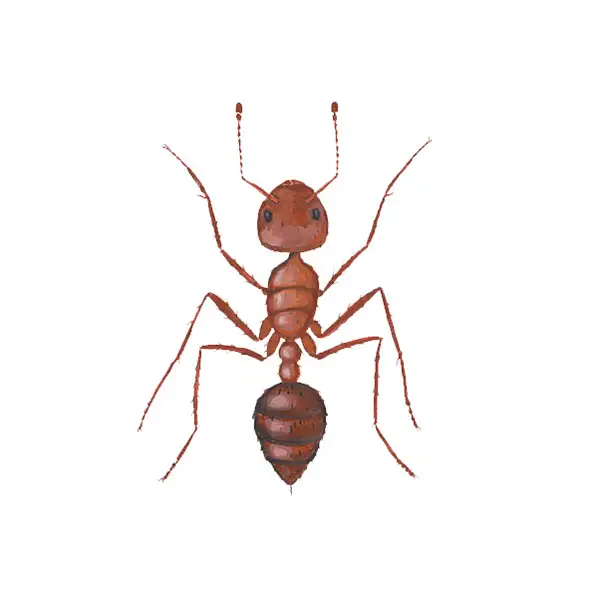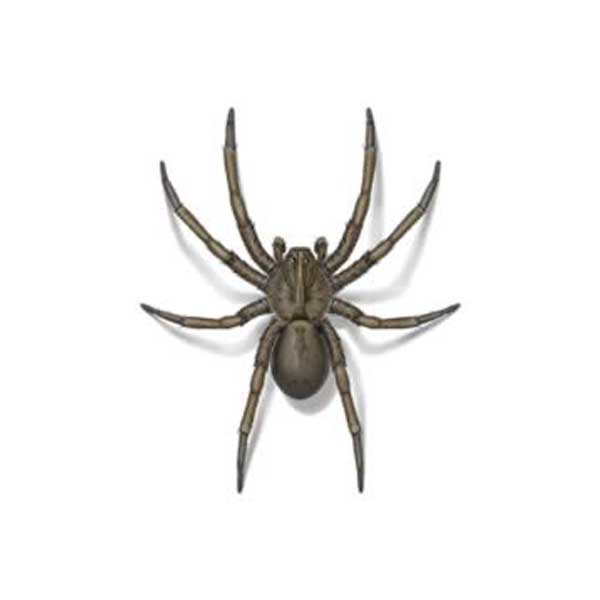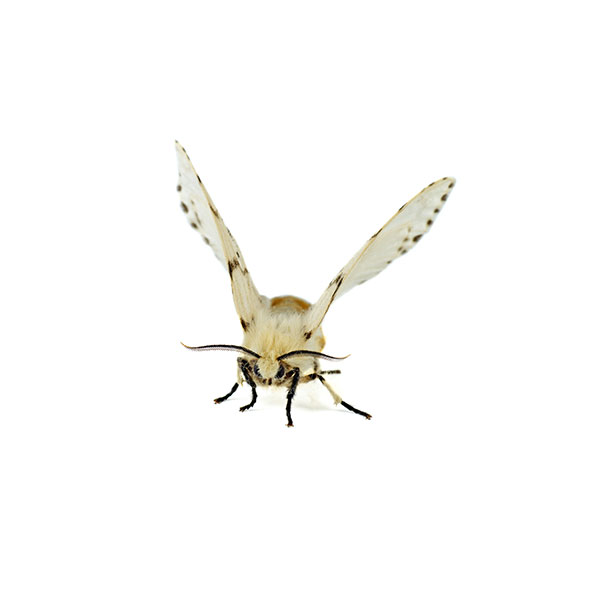Fire Ants in SANTA FE AND ALBUQUERQUE NM
Named for their intensely painful sting, fire ants can attack and sting a person multiple times. Their colonies construct mounds and become highly aggressive when these structures are disturbed, with workers swarming to the surface to defend against any perceived threat. These attacks are highly coordinated, with numerous ants stinging simultaneously. Besides preying on various plant and animal matter, fire ants have a peculiar attraction to electrical currents, leading them to destroy what they come across such as A/C units, thus raising fire safety concerns.
Fire Ant Habitat
Fire ants are drawn to areas with ample moisture and are often found nesting near water sources like rivers, or in well-irrigated lawns and gardens. Their mounds are not just piles of dirt; they’re sophisticated structures that maintain the perfect living conditions – warmth and moisture – for their colonies. These mounds are usually found in open, sunny spaces, including parks and backyards. As omnivores, fire ants scavenge for food far and wide, entering homes through tiny openings in pursuit of sustenance.
Fire Ant Behaviors, Threats, or Dangers
The sting of a fire ant poses a significant health risk, inflicting a sharp pain that can be particularly dangerous to humans and pets alike. Unlike most ants that bite and then inject a form of acid, fire ants latch on and deliver a sting filled with venom from their abdomen. The initial pain typically subsides within minutes, but the sting site can develop into itchy welts or blisters filled with pus in the following days. Their large colonies not only harm vegetation and lawns but also can cause damage to outdoor electrical installations. Given the potential dangers, it’s advisable to steer clear of their mounds and seek a professional ant exterminator for removal.
Say Goodbye To Fire Ants. Get Started Today!





